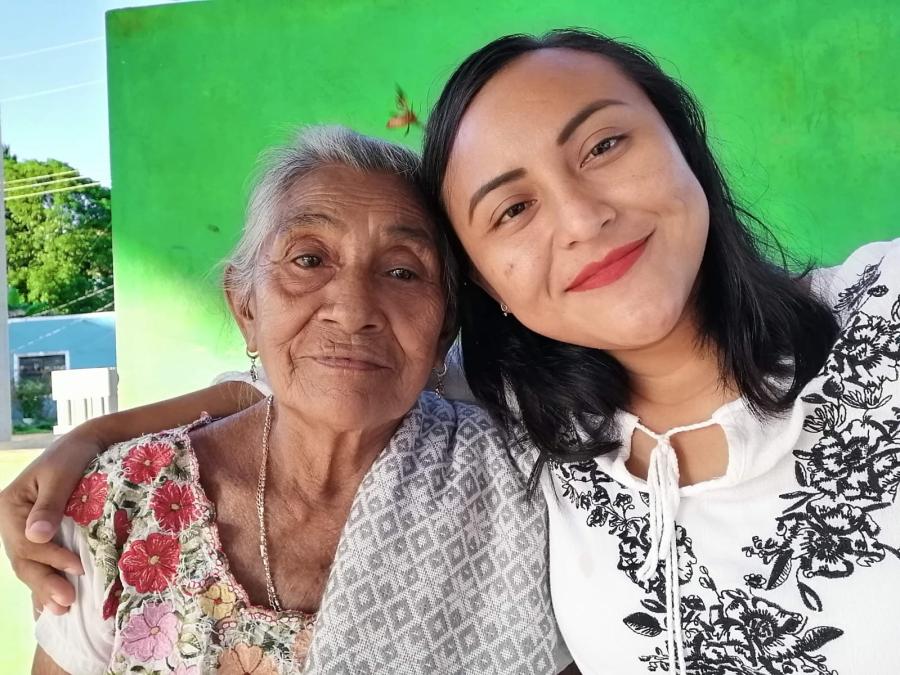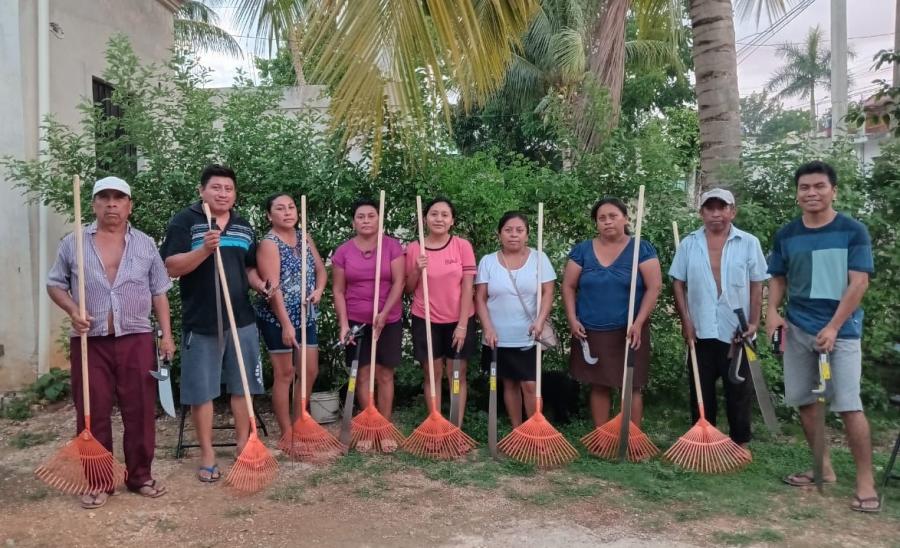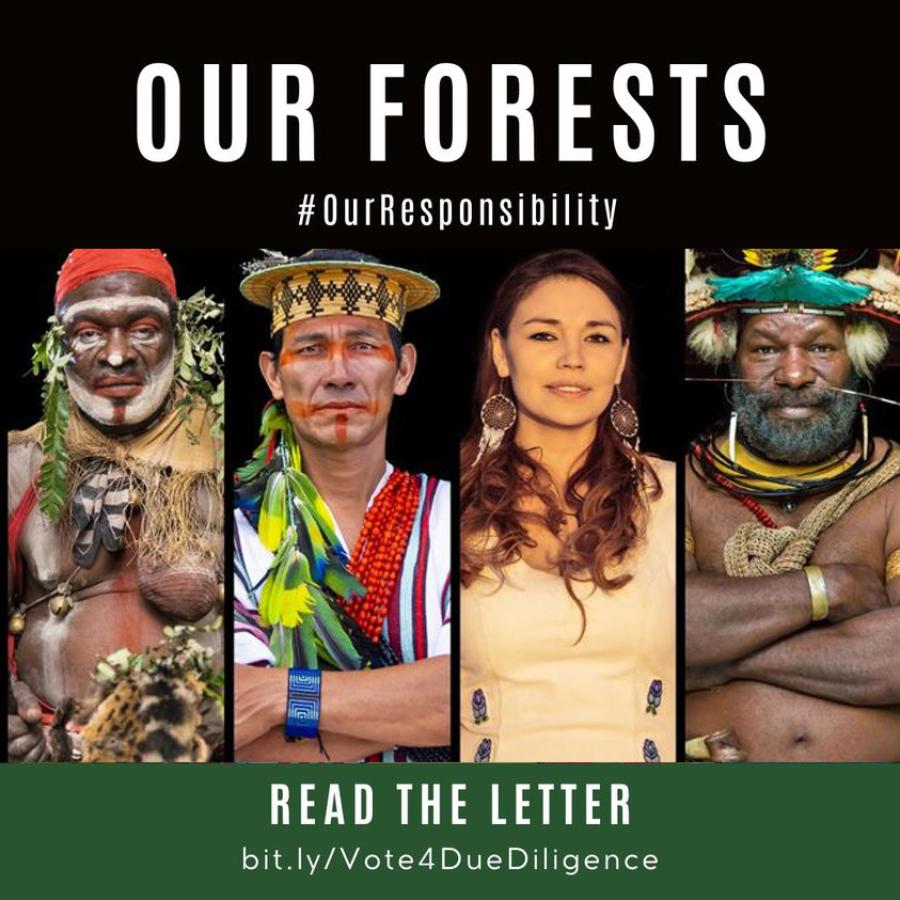On June 22 the second International Indigenous Youth Conference (IIYC) released several resolutions and declarations aiming to stop the destructive impacts of globalization on indigenous lands, cultures, and peoples.
The six-day meeting facilitated conversation between indigenous youth from countries in Africa and Latin America, Australia, the Philippines, New Zealand, India, Bangladesh, Finland, the United States, and Canada. Over 180 delegates gathered on Coast Salish territory in Vancouver, British Columbia, Canada, to share political struggles and to create a plan of action.
In the final declaration, conference representatives called for an “end to all developmental aggression such as destructive dams, logging, and mining on or near indigenous lands and territories.”
Jennifer Awingan, a Kalinga-Igorots delegate from the Philippines, talked about the mining industry in her community in an interview following the conference. Open-pit mineral extraction requires clear-cutting trees and bulldozing her people's mountains, she said.
“Indigenous people are no longer able to plant fruits or vegetables because the resulting mercury poisoning, produced from massive logging and mining operations, inhibits the growth of any plant life,” she said, her voice rising.
Awingan said that displacement is another detrimental result of aggressive mining exploration and development. “People of affected communities are driven to urbanized centers to look for better living conditions and land,” she explained. “Urbanization produces a number of grave social problems, such as pick-pocketing, prostitution, and drug dealing.”
Yvette Stephenson, a Tinggian/Ilokana youth and an IIYC Secretariat member, highlighted the fact that a number of mining companies operating in the Philippines are based out of Canada. “Canadian-based corporations such as Toronto Ventures Incorporated (TVI) need to be held accountable for the health and environmental problems related to gold and silver mining,” she said in a telephone interview following the conference.
A letter signed by more than 30 international indigenous rights activists and sent to Filipino President Gloria Macapagal-Arroyo earlier this year, pressured her to “protect Philippine citizens and to order a halt to the destructive mining operations of this Canadian company [TVI].” The letter addressed the threats and efforts of TVI personnel to evict Canatuan residents against their will.
Awingan said that in 2004, four indigenous people barricading TVI trucks in Canatuan were shot by TVI armed personnel. “In the end, the government still sided with the company,” she said.
While TVI's website says that the Philippines are significantly unexplored, Awingan said that more than three percent of the country's total land area is now the object of mining applications for gold and silver alone.
But Awingan has not lost hope or energy in acknowledging this hard reality she faces with fellow indigenous youths. She said that the IIYC is instrumental in igniting their anti-mining campaign. “The solidarity alone that we are able to forge strengthens us on the ground so the spirit in us knows there are others who suffer like us and support us.”
Don Pedro, a Maya delegate from Guatemala, has protested the presence of gold and silver mining company Glamis Gold, in his territory. In an interview following the conference, Pedro discussed the allure mining companies have at home. When Glamis first entered San Marcos two years ago, he said, they promised schools, health centers, roads, and jobs to people in the community in exchange for land.
At the beginning, Pedro recalled, many in San Marcos believed the company's pledges and sold their land. But Pedro said the promised jobs never manifested, nor did the schools or the health centers.
When the people of San Marcos realized that the guarantees would never materialize, they began to mobilize the community and the country to oppose corporate mining. “We have to stand up for our rights because the mountains are our life and the gold and silver is the heart of our mother,” Pedro said.
While many indigenous people believe that the government has little power or will to change the face of harmful mining practices, Pedro said that building connections internationally is imperative. Because one of the Glamis offices is in Vancouver, he said, “We need to work with Canadians who can pressure their government and the corporations and say, please don't come and intervene on indigenous lands and life—please do not exploit them.”
Dustin Johnson, Tsimshian youth and an IIYC Secretariat member, reiterated the importance of strengthening existing indigenous youth networks and establishing new ones. He said the IIYC declarations and resolutions are key instruments that should be used to pressure international and local bodies to recognize and address indigenous rights and autonomy.
“An important outcome of the conference was the awareness of each others' struggles and the ability to understand the power we have if we work together.” Johnson said. “This is only the beginning of a new fire that will burn for generations to come.”
Angela Sterritt is a Gitxsan Irish woman living in East Vancouver, British Columbia. She is a member of the secretariat of the International Indigenous Youth Conference, as well as a community organizer and journalist. As a University of British Columbia (UBC) student, she is a member of the UBC Indigenous Students Society.



